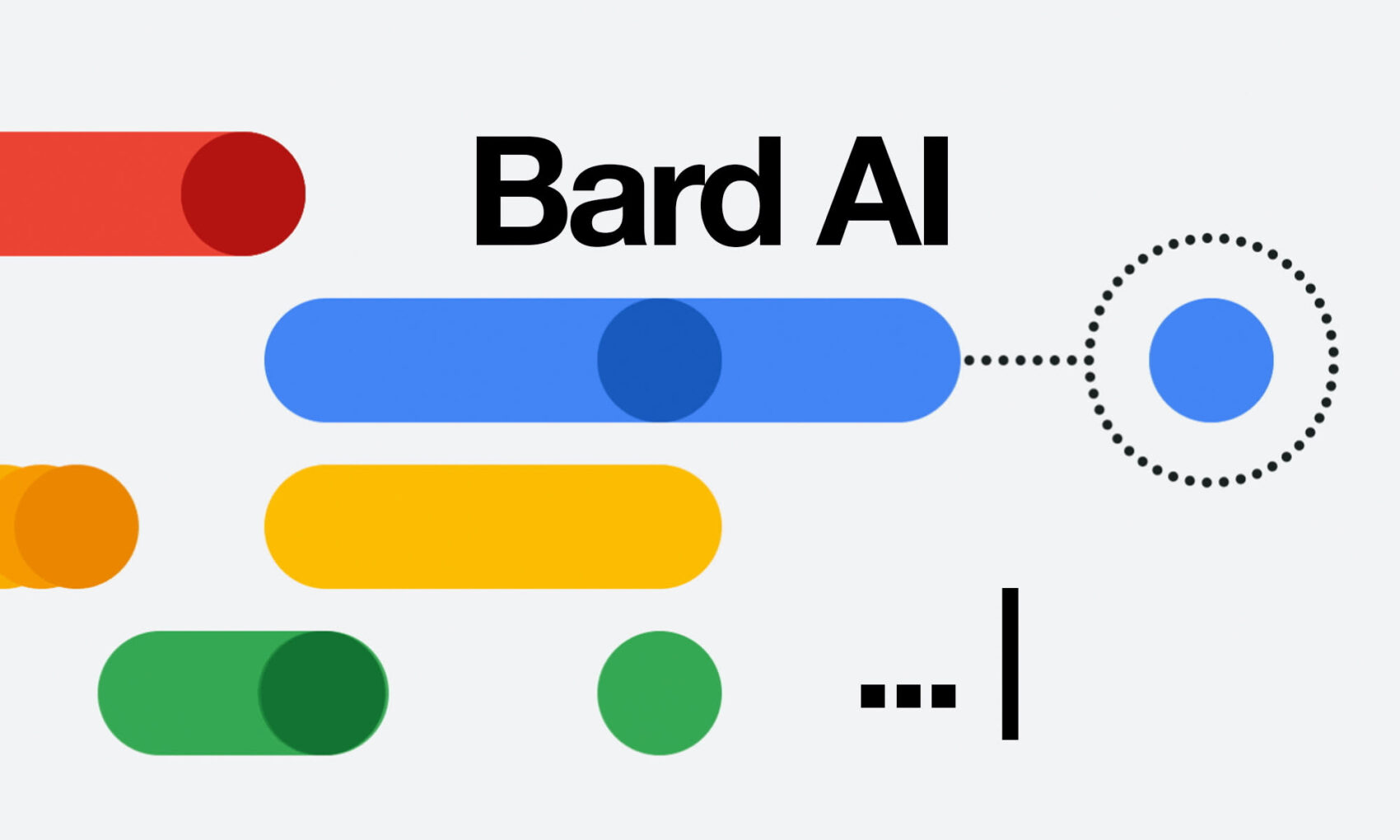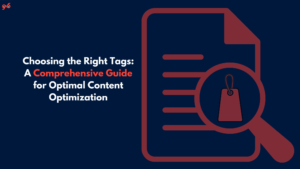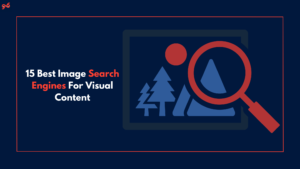Google has recently released its AI chatbot named Bard, its response to OpenAI’s ChatGPT. Google Bard is an experiment by Google that is powered by LaMDA large language model to compare it to the artificial intelligence of OpenAI.
It’s a generative AI that runs based on prompts and performs text-based tasks like providing answers, and summaries to user queries. It also creates various forms of content, for example, if you want it to write an email you just have to type “Write me a email regarding whatever you want” and it will provide you with the content.
To react to the threat to its business model, Google declared a “code red” strategy change, and announced the release of Bard on February 6, 2023, 47 days after the code red strategy change.
Why Google Bard was unsuccessful in its initial launch
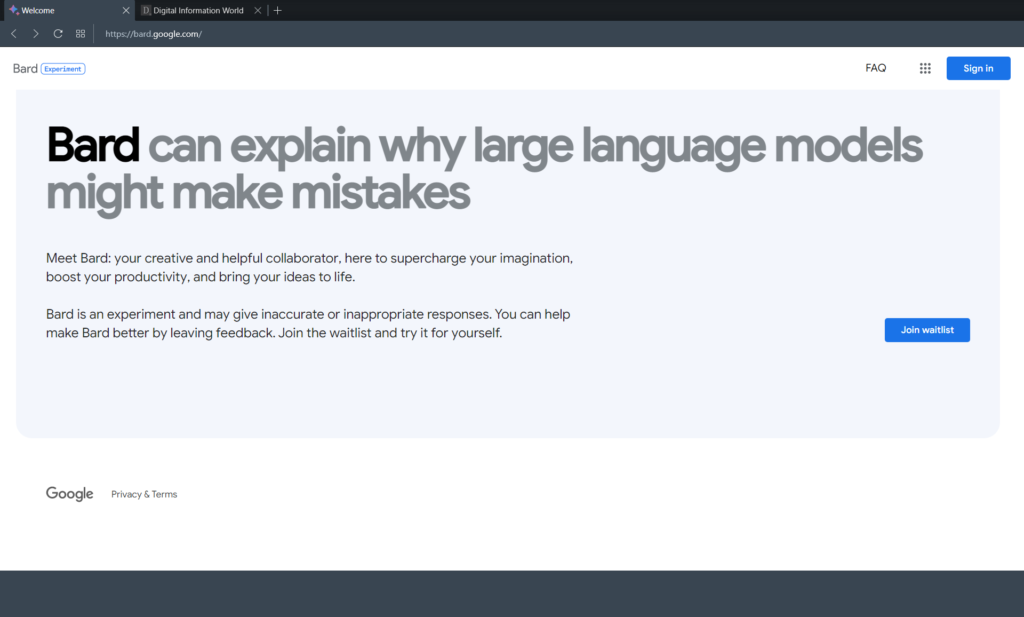
When Google initially launched Bard at an event, it failed to perform because of some factual error in the chatbot. The inaccuracy of Google’s AI was a big blow to Google’s market value, The tech giant lost almost $100 billion dollars in market value. It was a factual error that led to this unsuccessful launch.
How does Bard work?
Deep learning is a technology used by Bard. Deep learning is a sort of machine learning that learns from data by using artificial neural networks. Bard’s neural network was trained on a vast text and code dataset. This allows Bard to learn the patterns of human language and code. When you ask Bard a question or give it a task, it uses its neural network to search for the best possible answer or solution.
What can Bard do?
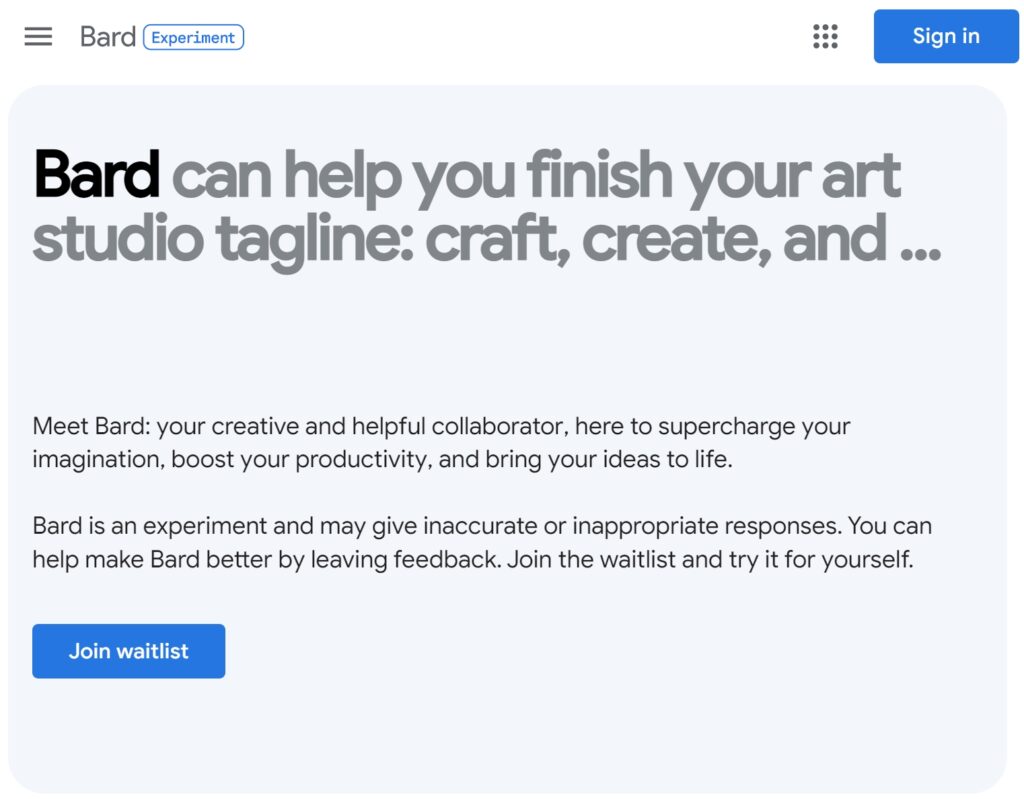
- Bard is really versatile! It can generate text, translate languages, create other types of creative content, and provide helpful answers to your questions. Here are a few concrete instances of what Bard is capable of:
- Bard may generate text in a variety of genres, such as news articles, blog entries, poems, code, scripts, musical compositions, emails, letters, and so on.
- Language translation: Bard is fluent in over 100 languages.
- Write many types of creative stuff: Bard can write various types of creative content, such as poetry, stories, scripts, musical pieces, emails, letters, and so on.
- Answer your questions in an instructive manner: Bard can provide complete and insightful answers to your queries, even if they are open-ended, tough, or unusual.
How Bard will work in Search?
Bard is structured in such a way that you can easily visit Search to check its results or browse sources from around the web. To get query recommendations, Google it, and Search will open in a new tab so you can explore related results and dig deeper.
Bard was announced as an AI capability in search, but it was never integrated into the search. Google’s February 2023 announcement stated that AI elements will be included in the search at some point. This ambiguity caused people to assume that Bard would be integrated into the search.
How can I use Bard?
You can use Bard in many different ways. Here are just a few examples:
- You can get answers to your inquiries from Bard.
- You can use Bard to generate text.
- You can use Bard to translate languages.
- You may use Bard to create a variety of creative content.
- You can use Bard to code.
- You can use Bard to answer math problems.
- You can use Bard to help with your writing needs.
- You can use Bard to explore topics.
- You can use Bard to plan a birthday party.
- You can use Bard to draft an email.
- You can use Bard to generate different creative text formats of text content.
What are the benefits of using Bard?
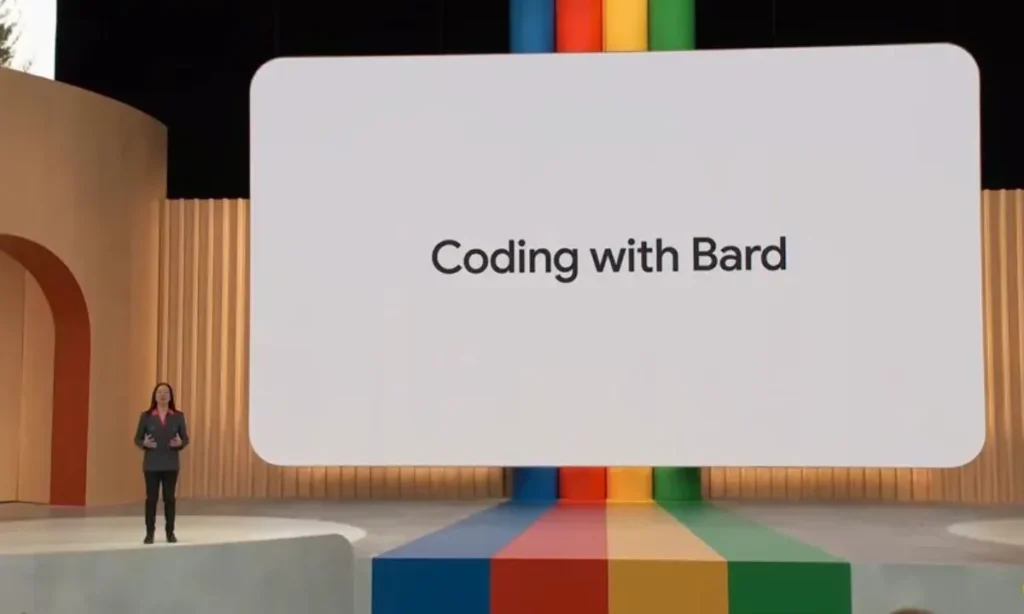
There are numerous advantages to using Bard. Bard can assist you with a wide range of tasks, including:
- Writing: Bard can assist you with your writing by generating text, translating languages, and creating many types of creative content.
- Research: Bard can help you with your research by answering your questions in a comprehensive and informative way.
- Creativity: Bard can help you with your creativity by generating text in a variety of styles and writing different kinds of creative content.
- Productivity: Bard can help you be more productive by automating tasks and helping you find information quickly.
What are the limitations of Bard?
Bard is still under development, so it has some limitations. For example, Bard may sometimes give inaccurate or inappropriate responses. Additionally, Bard may not be able to understand all of your questions or requests. If you encounter any problems with Bard, you can report them to Google.
What is the future of Bard?
Bard is a powerful tool with the potential to revolutionize how humans connect with computers. In the future, Bard could be used to power a variety of applications, such as:
- Personal assistants: Bard could be used to create personal assistants that can help us with our daily tasks.
- Education: Bard could be used to create educational tools that can help students learn new concepts.
- Healthcare: Bard could be used to create healthcare tools that can help doctors diagnose and treat patients.
- Business: Bard could be used to create business tools that can help businesses make better decisions.
The future of Bard is bright. It has the potential to make our lives easier, more productive, and more enjoyable.
Summary
Google Bard is an AI chatbot developed by Google to provide answers and generate content using the LaMDA language model. Its initial launch faced challenges due to factual errors, leading to a significant market value loss for Google. Bard uses deep learning and neural networks to understand human language and code.
It offers versatile capabilities such as text generation, language translation, creative content creation, and informative responses. Despite not being integrated into Google Search, Bard has the potential to improve productivity, assist with research, and foster creativity. While it has limitations and occasional inaccuracies, Bard’s future holds promise for applications like personal assistants, education, healthcare, and business tools.

